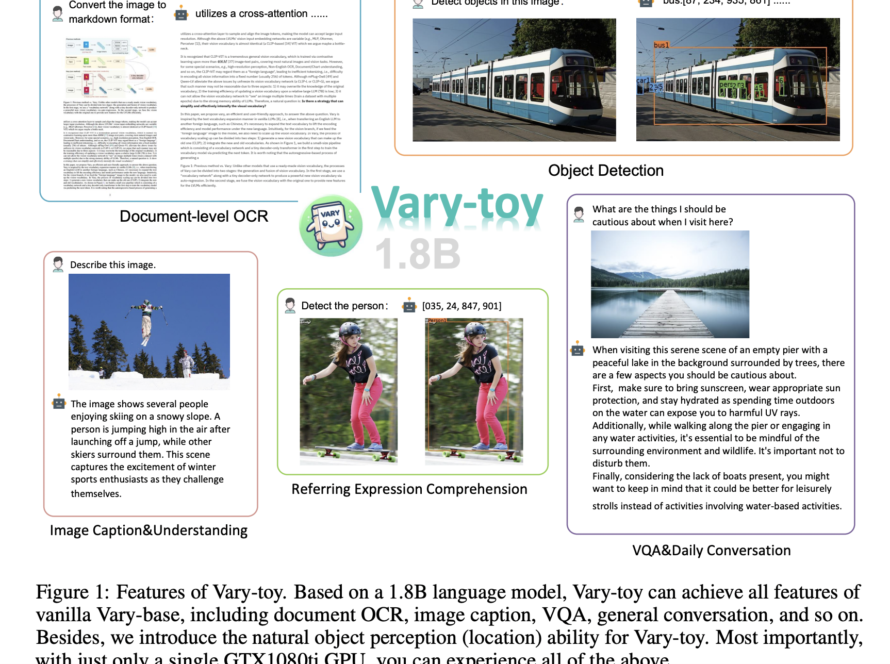[ad_1]
Recent advancements in AI and deep learning have revolutionized 3D scene generation, impacting various fields, from entertainment to virtual reality. However, existing methods face challenges such as semantic drift during scene expansion, limitations in panorama representations, and difficulties managing complex scene hierarchies. These issues often result in inconsistent or incoherent generated environments, hampering the creation of high-quality, explorable 3D scenes.
The growing demand for immersive spatial computing experiences has highlighted the need for improved 3D scene generation techniques. Previous approaches, including layered representations and panorama-based methods, have attempted to address these challenges but have not fully resolved issues of occlusion, depth perception, and global consistency. LAYERPANO3D emerges as a novel framework designed to overcome these limitations, offering a promising solution for generating hyper-immersive panoramic scenes from a single text prompt.
Researchers address key challenges in 3D scene generation by introducing LAYERPANO3D, a framework utilizing a Multi-Layered 3D Panorama approach. This method decomposes reference 2D panoramas into multiple depth layers, revealing unseen spaces through a diffusion prior. The framework incorporates a text-guided anchor view synthesis pipeline, enabling the creation of high-quality, consistent panoramas with 360° × 180° coverage. Experimental results demonstrate LAYERPANO3D’s effectiveness in generating coherent and plausible 3D panoramic environments, surpassing state-of-the-art methods in full-view consistency and immersive exploratory experiences.
LAYERPANO3D employs a Multi-Layered 3D Panorama framework, decomposing reference panoramas into multiple depth layers to manage complex scene hierarchies and occluded assets. The method incorporates a text-guided anchor view synthesis pipeline, leveraging a diffusion prior to ensure consistency with input prompts. Equirectangular Projection maps 3D spherical scenes onto 2D planes, maintaining spatial relationships across the entire field of view. Free trajectory rendering enables camera movement along zigzag paths, generating novel views with full 360° × 180° consistency.
The methodology combines innovative techniques in layered scene representation, text-guided synthesis, and advanced rendering to create high-quality, immersive 3D environments from textual descriptions. Rigorous evaluations through quantitative metrics and qualitative user studies demonstrate LAYERPANO3D’s superior performance in fidelity, diversity, and scene coherence compared to existing methods. Extensive experiments validate the framework’s effectiveness in generating state-of-the-art 3D panoramic scenes, achieving high levels of consistency and immersive experiences crucial for virtual reality and gaming applications.
Experimental results demonstrate LAYERPANO3D’s superior performance in generating high-quality, 360° × 180° panoramic scenes with consistent omnidirectional views. The framework outperforms existing methods like LaMa and Stable Diffusion inpainting, producing cleaner textures and fewer artifacts. Quantitative evaluations using Intra-Style, FID, and CLIP scores confirm LAYERPANO3D’s superiority in scene diversity and quality. User studies reveal positive feedback on the generated scenes’ fidelity and immersive qualities. While some limitations exist, particularly regarding depth estimation artifacts, LAYERPANO3D proves to be a robust framework for hyper-immersive 3D scene generation, showing significant potential for future advancements in this technology.
In conclusion, LAYERPANO3D introduces a novel framework for generating hyper-immersive panoramic scenes from text prompts, significantly advancing 3D scene generation. The framework’s key contributions include a text-guided anchor view synthesis pipeline and a Layered 3D Panorama representation, enabling the creation of detailed, consistent panoramas and complex scene hierarchies. Extensive experiments demonstrate LAYERPANO3D’s effectiveness in generating 360° × 180° consistent panoramas and facilitating immersive 3D exploration. While limitations exist due to reliance on pre-trained models, the framework shows great potential for both academic and industrial applications, paving the way for future improvements in-depth estimation and scene quality.
Check out the Paper, GitHub, and Project. All credit for this research goes to the researchers of this project. Also, don’t forget to follow us on Twitter and join our Telegram Channel and LinkedIn Group. If you like our work, you will love our newsletter..
Don’t Forget to join our 50k+ ML SubReddit
Here is a highly recommended webinar from our sponsor: ‘Building Performant AI Applications with NVIDIA NIMs and Haystack’
Shoaib Nazir is a consulting intern at MarktechPost and has completed his M.Tech dual degree from the Indian Institute of Technology (IIT), Kharagpur. With a strong passion for Data Science, he is particularly interested in the diverse applications of artificial intelligence across various domains. Shoaib is driven by a desire to explore the latest technological advancements and their practical implications in everyday life. His enthusiasm for innovation and real-world problem-solving fuels his continuous learning and contribution to the field of AI
[ad_2]
Source link




